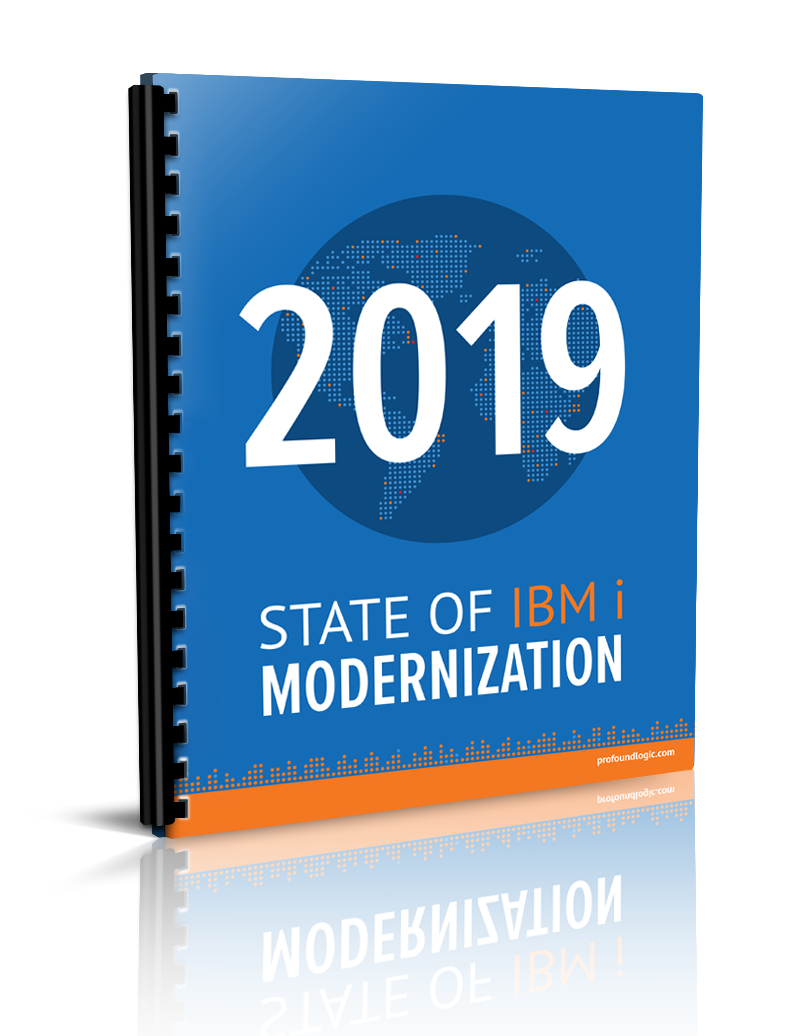
Glad to have you back for this week's IBM i Pulse! Each week we'll take a deeper look at the latest IBM i and Profound Logic news. This week we are looking at the importance of user groups in the Power System community and some new diagnostic tools that are for Node.js.
From Our Experts:
- Brian May discusses Profound Logic's newest software NodeRun with IT Jungle and shows how NodeRun is Node.js for Everyone.
Profound Logic News:
- Profound Logic Celebrates 20 Years of Innovation this year and recently announced some of the new product enhancements and releases.
Educational Resources:
- Genie's Subfile Detection function automatically detect your subfiles and their format and places them into a web-friendly grid widget.
- Discover the Three Approaches to User Interface with Profound.js in this video.
- Get a look at our Guided Lab: Part 8 on creating an Employee Data Application in NodeRun.
Product News:
- Product enhancements for Profound UI V6 and Profound.js 4.10 have been released... check out the details here!
Industry News:
User Groups are the Heartbeat of the Power Systems Community by Amadeus Finlay
As everyone rebounds from last week's POWERUp user conference, it behooves us to look at the importance of user groups and how they are vital to the Power Systems Community. Whether it is a large user group like COMMON or your local user group that contains five people, the user group community helps developers not feel isolated in their development process. The IBM Power Systems platform is designed for mission-critical applications, manage data-intensive processes, all while updates and adjustments make the platform responsive to new development trends. System administrators and developers must keep up with these ever-evolving trends in coalition with their professional responsibilities; enter user groups. They give developers a place to exchange ideas and hear about the new and exciting technologies that could help change their business enterprises. The importance of these groups is vital to any developer's business and career.
Easily Identify Problems in Node.js Applications with Diagnostic Report by Node.js Foundation
The Diagnostic Report utility just recently was brought into the Node.js core to help developers identify most scenarios of Node.js application anomalies in production. Some of these anomalies could include abnormal termination (i.e., a crash), memory leak, slow performance, high CPU, or any other unexpected error or output. The Diagnostic Report gives you a content-rich set of data points that can be vital in discovering the issues that are plaguing your Node.js application. Originally an NPM Module, the report utility was brought into Node.js core to help identify the root cause of several types of problems that the Node.js organization was having as well as address support issues that were identified as mission critical. Below are some of the basic diagnostic steps taken by the utility:
- Capture data to understand the execution environment of the deployment
- Define a debugging strategy based on the information you obtained
- Execute one or more investigative steps. Potentially, each step could change what you look for or do based on the inference from the previous steps
- Iterate until the current theory is confirmed by the data captured
----------------------------------------------------------------------------------------------------------------------------------------------




